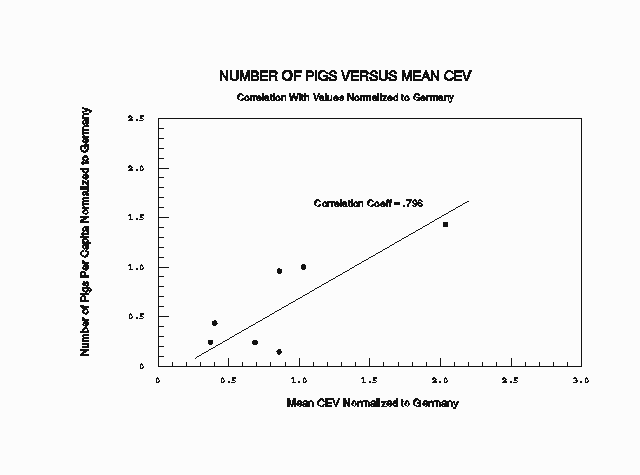
| Project Metadata | Keywords | ||||||||||||||||||||||||||||||||||||
|
|
Challenge: The Office of the Secretary of Defense (Net Assessment) has the responsibility to prepare assessments of U.S. capabilities with respect to the capabilities of potential adversaries. No methodology for performing such assessments can be shown to be completely and consistently reliable. Therefore, multiple methodologies are used to cross check results. Net Assessment asked DSRD to prepare and evaluate a new methodology based on general societal factors.
Accomplishment: The DSRD project team determined what factors were likely to be relevant, determined which factors could be derived from historical data, and evaluated the relationships among these factors and success in war. Historical data from World Wars I and II were gathered for the U.S., Great Britain, Germany, and Russia/the Soviet Union. Estimates were made of U.S. capabilities versus those of the Soviet Union.
Technologies Employed: Many research techniques were employed in this project, ranging from literature searches to economic analysis and from the mathematics of linear regression to classical operational analyses.
Background: The central construct used was that of Combat Effectiveness Value (CEV), developed by Col. Trevor Dupuy. This construct combined historical combat data into a measure of the effectiveness of combat units in battle. The hypothesis was that societal factors such as national industrialization, access to natural resources, self-sufficiency in food production, and national character ultimately produced the combat effectiveness. Intermediate or correlated factors, such as electrical production and farm production (shown below) should provide measurable surrogates for these factors and should be correlated with CEV.
Figure 1. Likely Inlfuence on Combat Effectiveness

Figure 2. Less-likely Influence on Combat Effectiveness

If you arrived here using a keyword shortcut, you may use your browser's "back" key to return to the keyword distribution page.
Return to Hartley's Projects Page